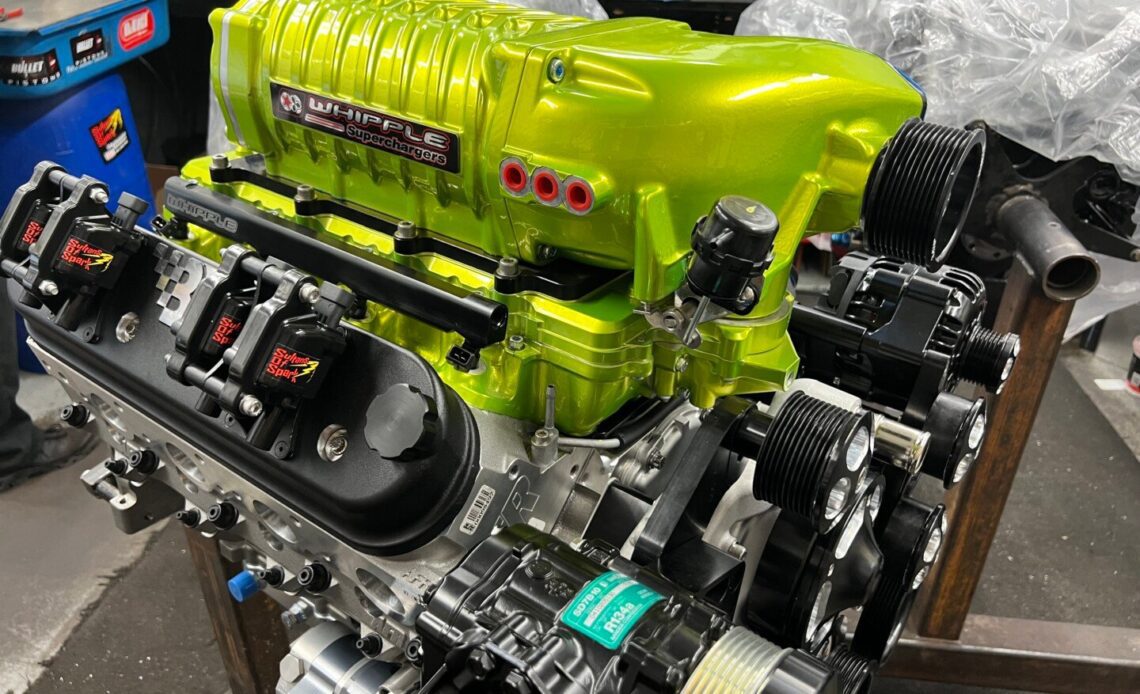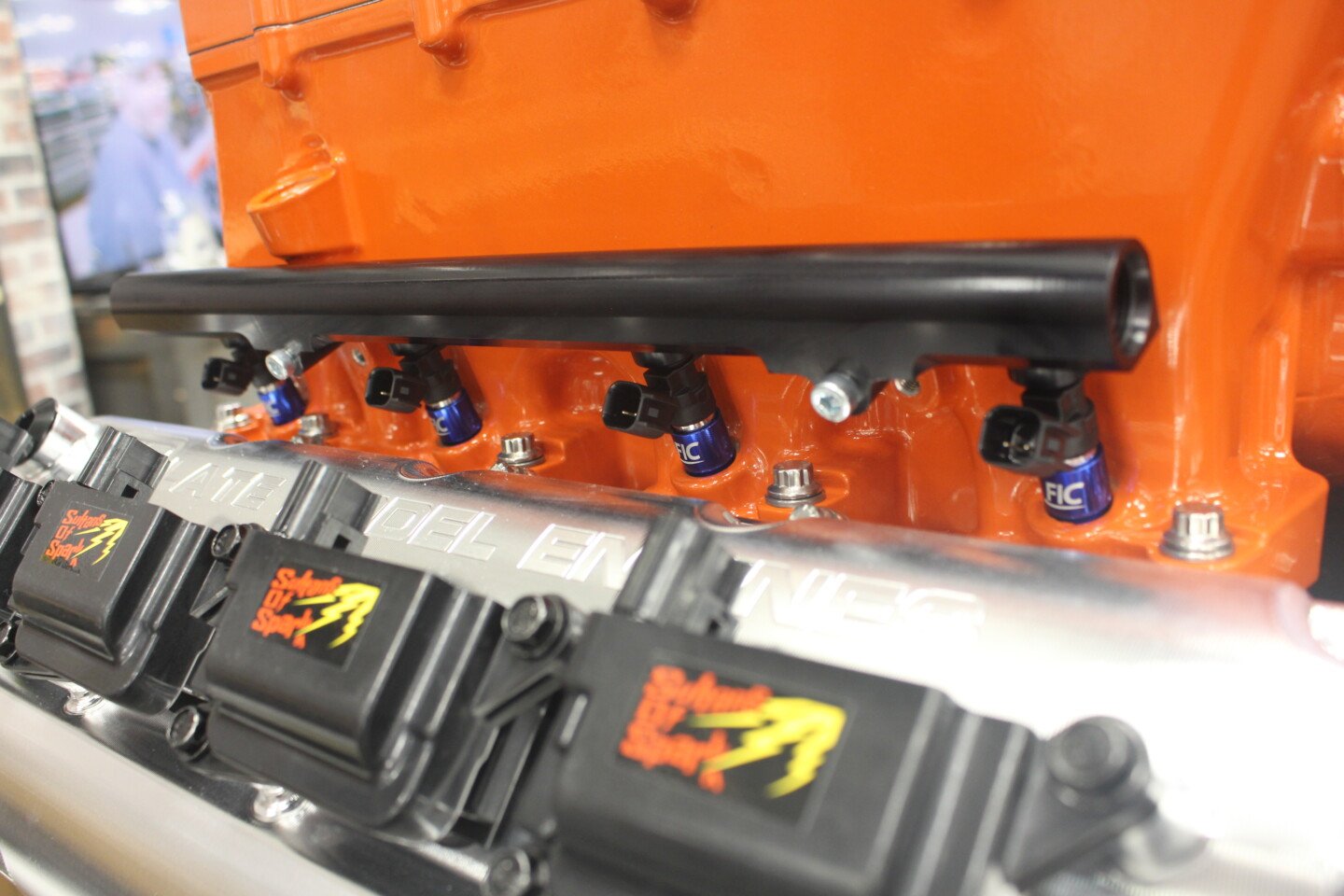When it comes to an internal combustion engine running, there are four main requirements: air, fuel, spark, and compression. However, once you modify the vehicle, particularly by adding forced induction, the factory components are often not designed to meet the increased demands. This is where the aftermarket comes into play. Specifically concerning spark, there are several compelling reasons why you should opt for coil-on-plug technology for your engine. We interviewed Brian Caruth of Performance Distributors to shed light on coil-on-plug, or coil-per-plug for LS enthusiasts, technology specifically for boosted applications.
What are the advantages of converting to coil-on-plug systems?
Brian Caruth (BC): Tuning and maintenance offer significant advantages. Coil-On-Plug (COP) systems enable more precise ignition timing compared to traditional distributor-based ignition systems. With modern technology, tuning becomes easily achievable through programmers and laptops, allowing for the customization of a timing curve tailored to the requirements of a boosted engine. In contrast, traditional ignition systems often require manual adjustments to timing through the manipulation of mechanical advance components.
Maintenance is another notable benefit of COP coils. With a coil dedicated to each cylinder, swapping out individual coils is straightforward when necessary. Conversely, traditional distributors feature moving parts that wear over time, along with maintenance-intensive components like caps, rotors, and plug wires requiring regular replacement.
What are the advantages of using coil-on-plug systems over conventional distributors?
BC: The COP ignition system offers several advantages. Firstly, each cylinder in COP has its own dedicated coil, delivering direct voltage to the spark plug. This is in contrast to conventional distributor systems, where the spark is generated from a single coil and then dispersed through the distributor and plug wires. The shorter path of resistance in COP means there is minimal loss of spark energy from the coil to the plug. This is crucial for boosted engines, which require maximum spark energy to operate efficiently under higher cylinder pressure.
Additionally, COP coils boast enhanced reliability compared to conventional distributors. Traditional distributors contain numerous moving parts that are susceptible to failure. In contrast, COP systems eliminate moving parts, thereby reducing the likelihood of spark…
Click Here to Read the Full Original Article at DragzineDragzine…


